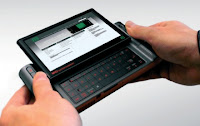Gapminder-data for the socially conscious
When the goal is to show the evidence, the tangible results of verifiable measurement, Gapminder provides the statistical power in a visually compelling way.
eCROP stands for electronic-supported Communities Resolving Our Problems. eCROP makes the world's idea engine tangible, from its fundamental literacy to its problem engine processes to its economic entrepreneurship generators. If it is tangible enough, a sustainable education system can be built on it.



